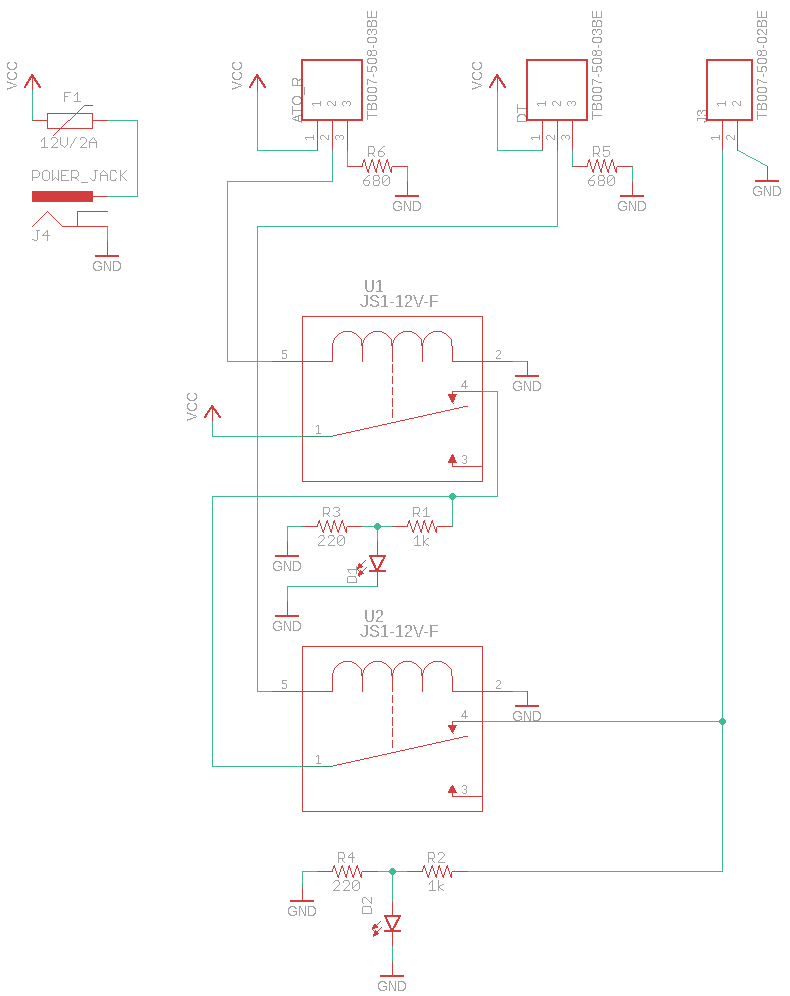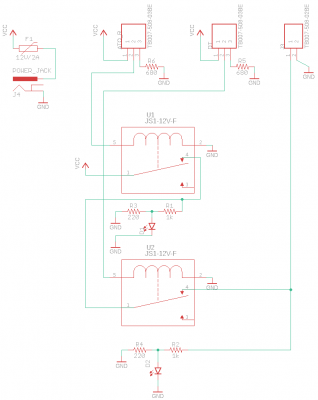The thread will document the creation of a DIY ATO for my display tank, but will work in a sump. The focus is primarily a learning exercise because I am still new to the hobby and enjoy an electronics DIY project. This project contains a custom circuit board design that can be sent to PCB companies for fabrication.
The design and documentation are intended to be open source, so I will post information regarding design decisions, materials lists, and design documents. Also, I am interested in feedback for adding additional features to the design because this is a learning experience after all!
The following board should be shipped this weekend and I will post pictures during assembly. I have not tested this design yet and will post the results.
Board Layout and Schematic:


Basic Design Details:

The design and documentation are intended to be open source, so I will post information regarding design decisions, materials lists, and design documents. Also, I am interested in feedback for adding additional features to the design because this is a learning experience after all!
The following board should be shipped this weekend and I will post pictures during assembly. I have not tested this design yet and will post the results.
Board Layout and Schematic:
Basic Design Details:
- 12V DC Operating Voltage
- 2A Fuse Protection
- Traces are oversized at 70mil. I treated them as an internal layer because my enclosure does not have good ventilation with a temp rise of 10 degrees C and 3 Amp current in case the fuse needs time to catch an issue.
- Compatible with DC pumps rated 12V @ under 2A
- 12V peristaltic dose pumps work
- 12V submersible centrifugal pumps work as well, I will use one with a check valve
- Compatible with optical level sensors
- The logic (NO/NC) is important right now because I have not implemented jumpers to change the relay logic, this is a possible change to add.
- Compatible with float reed switches
- The logic (NO/NC) is important right now because I have not implemented jumpers to change the relay logic, this is a possible change to add.
- I use aviation connectors because they are cheap, but the wires could be directly soldered or other connectors could be used.
- When water level in the display tank (or sump) is low, change the signal to close the first pump control relay allowing the pump to run.
- When water level in the display tank (or sump) is high, change the signal to open the first pump control relay preventing the pump to run.
- While water level in the RO(DI) makeup reservoir is high, close the second pump control relay allowing the pump to run.
- While water level in the RO(DI) makeup reservoir is low, open the second pump control relay preventing the pump to run dry.















